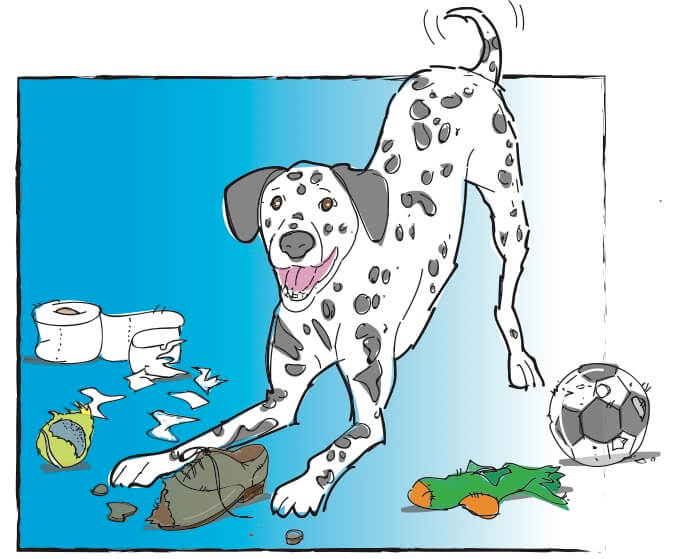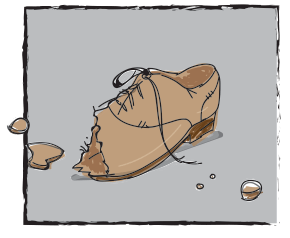ABC OF INQUIRY – DECONSTRUCTION
ABC OF INQUIRY – DECONSTRUCTION
“Discovery is seeing what everybody else has seen, and thinking what nobody else has thought.” Albert Szent-Gyorgyi
DECONSTRUCTION: The art of unbuilding and uncovering…
Deconstruction is the taking apart of an idea or perspective to gain a richer understanding of the how and the why of something and its workings. Deconstruction is meant to challenge ‘taken for granted’ categories and power structures, it pays particular attention to language, and how it constitutes reality. Deconstruction offers a less rigid way to perceive events and discourses, it shakes up current understandings and makes space for new ideas, possibilities and futures. Deconstruction investigates the ‘truth’ claims of a particular something, it asks who benefits or loses if this ‘truth’ is left unchallenged and who is doing the constituting of the ‘real and significant’. Often students will know about something, but not understand it, how it came about, what foundations it relies on and who or what benefits if the ‘something’ is not made transparent.
For example they may know about instructions and their uses in the real world, however, they don’t really understand the instructional genre and the key features that help it serve its purpose. They may not know to question the ‘who’ or ‘expert nature’ of the instructions to see what lies behind the purpose of the instructions or who the instructions serve.
Deconstruction is great way to dig deeper into prior knowledge and make visible the hidden parts of an idea. It also leaves space for the learner to ask ‘why this way and not another way?’
Basically you are scaffolding and supporting experiences that enable learners to take things apart, to see details, perspectives, power and ideas that are usually hidden but that underpin the structure, ideas or object.
You are inviting learners to question the constructs of a ‘given’ and se if other possibilities exist, or if there are absent but implicit ideas that are linked to bigger social discourses and binary positions or you could begin examining what ideas, perspectives, etc. are missing and why they are missing.
Students become critical observers and analytical decision makers as they pull things apart and then as they put it back to together in new and more transparent ways. Deconstructing ideas, perspectives, etc. is also a good opportunity to develop and understand the technical language of a specific topic, skill, etc.
Example, instead of just teaching how read and decode a book, scaffold experiences that enable students to examine the power of the ideas presented by authors, publishers and illustrators and how useful these ideas might be and who these ideas might serve. Members of a learning community can deconstruct both the literary elements and the topic content, digging across as well as down into ides to uncover what lies below the surface.
A thinking routine that might help you and your students uncover and unbuild ideas is the DIG routine.
BCW will now use ‘They — themself’ as a singular, gender-neutral pronoun in all subsequent material generated on our website.
All Rights Reserved © 2018 Beconwiz All ideas and illustrations are the property of BeConWiz.

BeConWiz Ideas and Thoughts by Carla Holmes, Mary-Denese Holmes, Pearl Holmes is licensed under a Creative Commons Attribution-NonCommercial-NoDerivatives 4.0 International License.
Based on a work at https://beconwiz.com.
Permissions beyond the scope of this license may be available at https://beconwiz.com.

